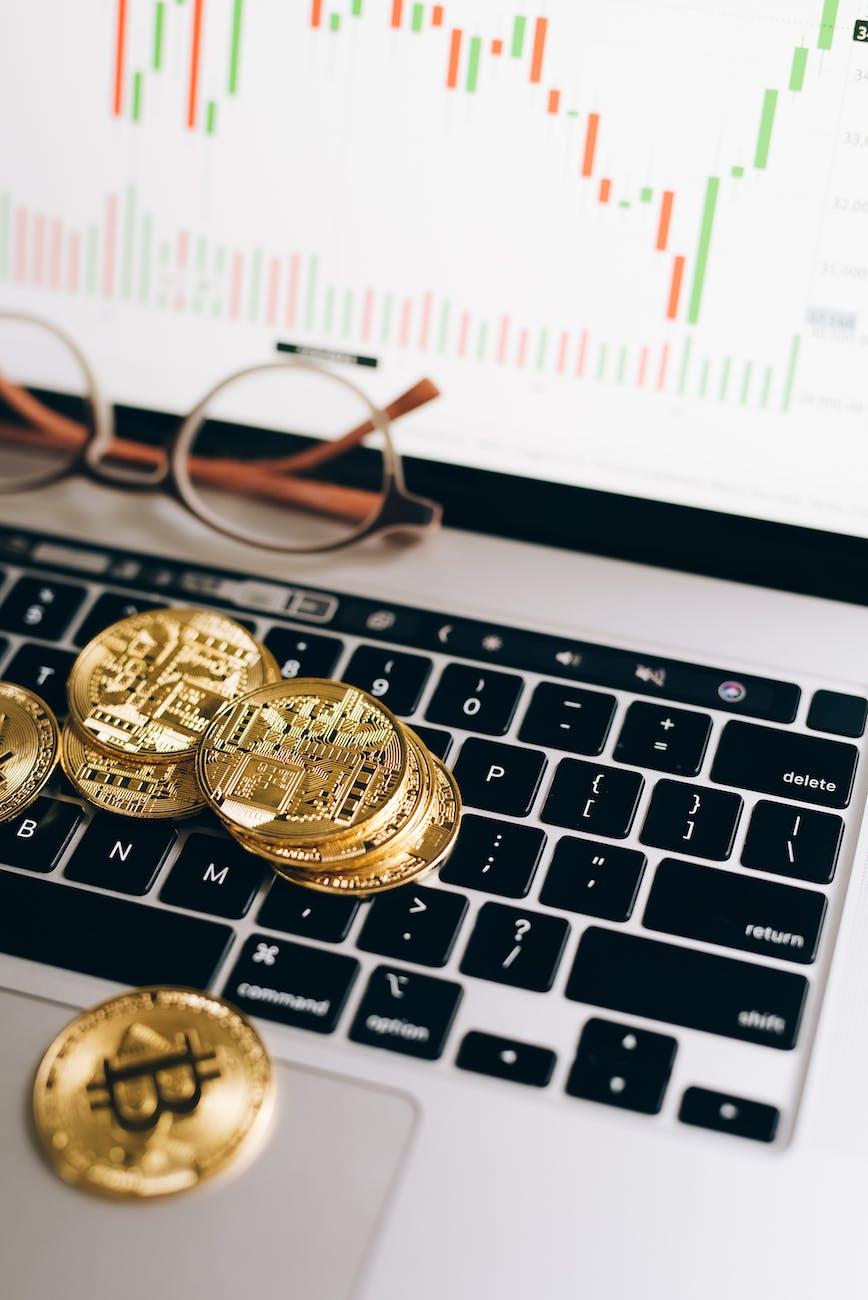Common Probability Distributions
The common probability distributions are:
- Uniform Distribution: It is a simple off or on distribution, where anything outside the given range is 0.
- Normal (or Gaussian) Distribution: This distribution has the same standard deviation in all directions. We get to know the average dataset value along with the spread of the data.
- Poisson Distribution: This is similar to Poisson Distribution but also has skewness, in which the variation tells about the spread of the data in different directions.
127
406 reads
The idea is part of this collection:
Learn more about problemsolving with this collection
How to make rational decisions
The role of biases in decision-making
The impact of social norms on decision-making
Related collections
Similar ideas to Common Probability Distributions
Other key differences
Data collection
- Python supports all kinds of data formats.
- R is designed for data analysts to import data from Excel, CSV and text files.
Data exploration
- In Python, you ...
Method 3: Missing Figures
- Not including the number of trials the experiment / research took - given a small enough number of cases, random 'by chance' occurrences can happen.
- Leaving out the Degree of Significance - the demanded level is 1% which means there are 99 chances ou...
Zipf's Law
Zipf's law is a mathematical probability that states that in a given set, the most frequently used data value (or word) is used twice as often as the next most common value. This is true in various statistical sets like income distribution in companies, internet traffic, phone calls received, and...
Read & Learn
20x Faster
without
deepstash
with
deepstash
with
deepstash
Personalized microlearning
—
100+ Learning Journeys
—
Access to 200,000+ ideas
—
Access to the mobile app
—
Unlimited idea saving
—
—
Unlimited history
—
—
Unlimited listening to ideas
—
—
Downloading & offline access
—
—
Supercharge your mind with one idea per day
Enter your email and spend 1 minute every day to learn something new.
I agree to receive email updates
